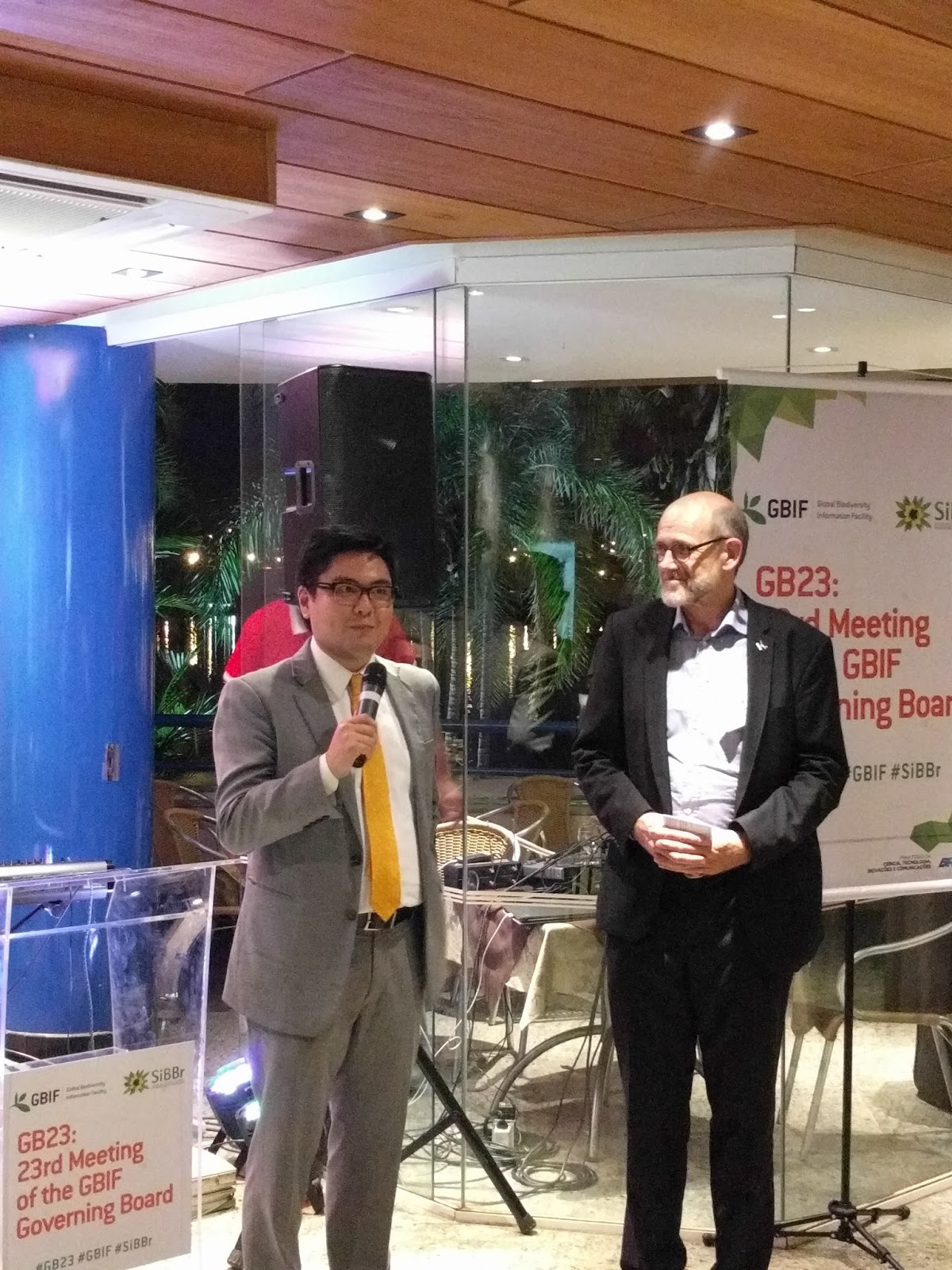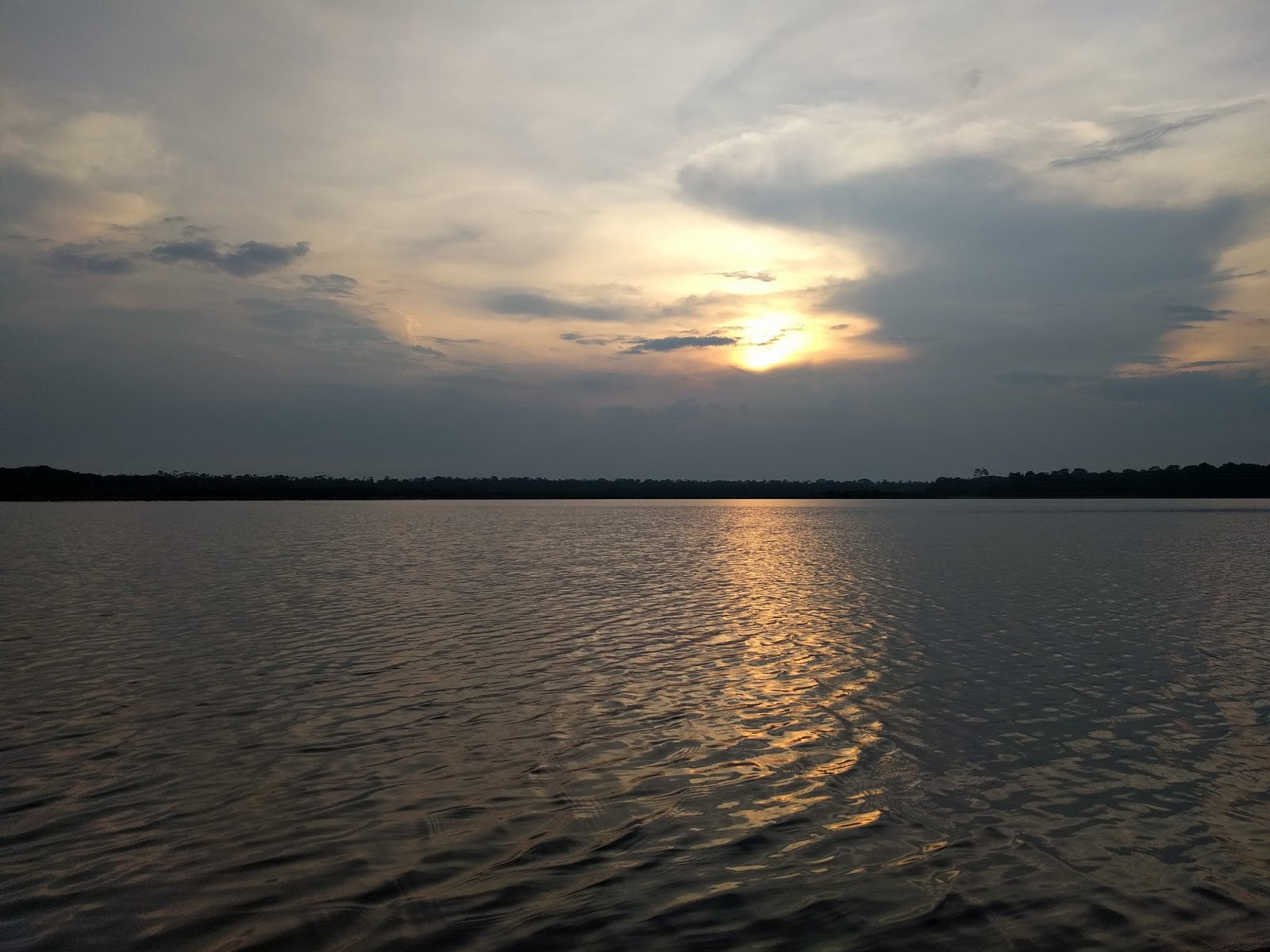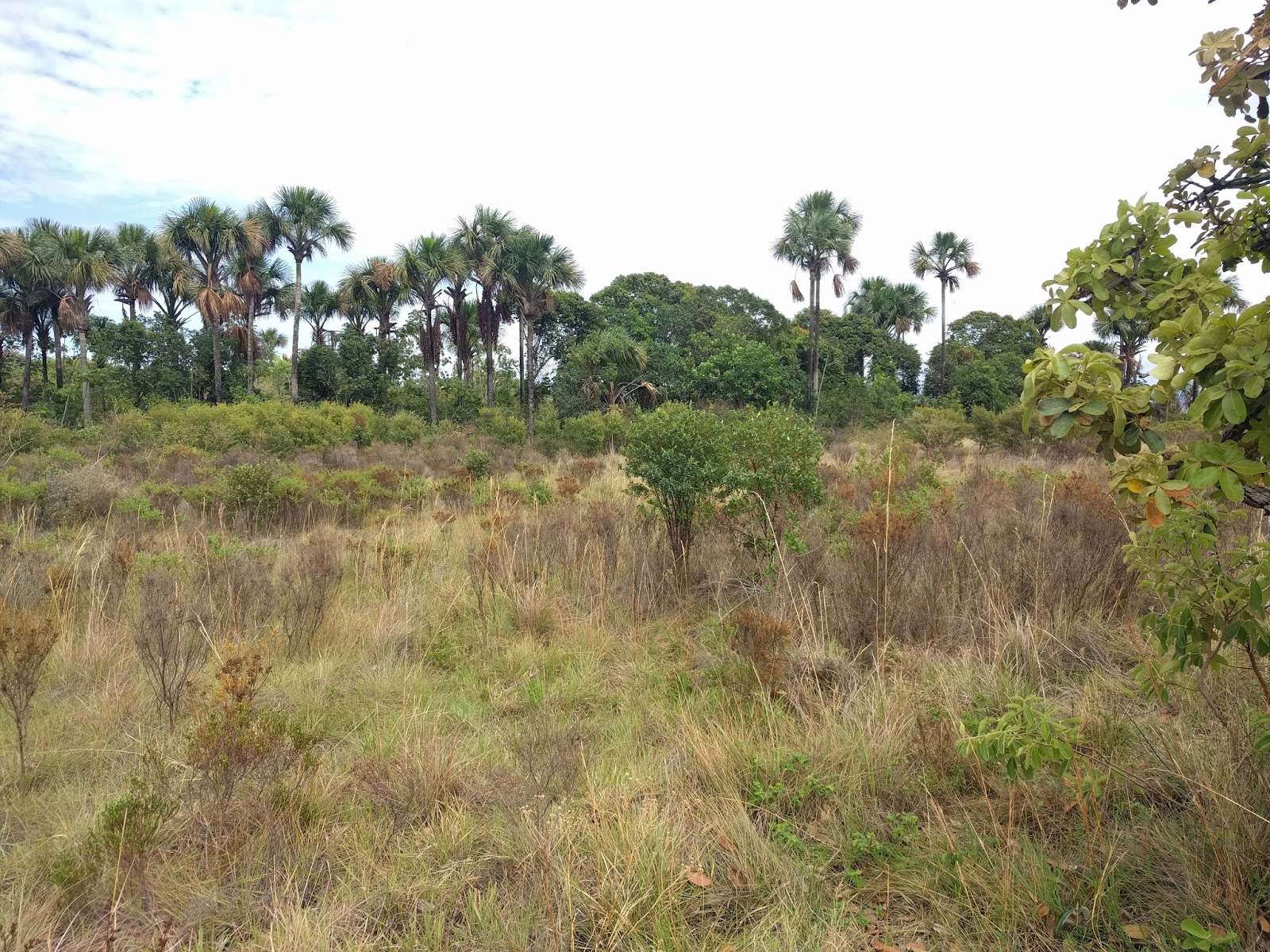BHL Program Director attends the Global Biodiversity Information Facility, 23rd Governing Board Meeting
 |
| Celso Pansera (left) and Peter Schalk (right) |
The Biodiversity Heritage Library participated in the Global Biodiversity Information Facility’s 23rd Governing Board meeting, 25-26 October 2016 in Brasilia, Brazil. I attended the meetings as the Head of Delegation for the BHL, substituting for Constance Rinaldo (Museum of Comparative Zoology/Harvard University). The two days of meetings brought together both the voting members (at the national level) and associate members (including the BHL).
The meeting proved a fertile ground to meet with BHL users to discover new ways that the BHL can partner in the global biodiversity community. The BHL is fortunate to work with GBIF Chair Peter Schalk and Executive Secretary Donald Hobern on collaborative projects.
Governing Board Chair Peter Schalk (Netherlands) officially opened the meeting and gave the official report for the year. Schalk specifically noted:
GBIF continues to grow both in numbers (data, users, publication) as in importance (relevance, connections). The field of biodiversity informatics has come of age. The many different national, regional and globally funded initiatives are slowly becoming part of a powerful ‘research machine’, organizing into a coherent network of collaborative efforts on a global scale.
 |
| Bruno Umbelino |
Schalk also reported on the various interim meetings held by the Secretariat (in person and virtually). He also noted that GBIF continues to grow through partnerships with other international biodiversity organizations and noted work done by the Secretariat to becoming:
aligned with the Catalogue of Life (COL), Encyclopedia of Life (EOL), Biodiversity Heritage Library (BHL), and the Barcode of Life (BOL), resulting in a better and more complete service to the users. I applaud the proactive role of the Executive Secretary in this.
Schalk completed his report by noting:
It is my strong believe that GBIF is on the right way in terms of developing its own role and place in science and society, as well as in taking a lead to strengthen the field of biodiversity informatics by forging collaborations and bringing synergy in the agendas of the numerous initiatives that have come into existence in the past decade.
Report from the Science Committee (Rod Page)
Page reported on the past year’s activities from the Science Committee. Main activities include:
- Ebbe Nielsen Challenge, theme this year was “Mind the Gaps”; winners will be announced at the Science Symposium on 26 October
- Young Researcher Awards (Juan Manuel Escamilla Molgora, Mexico, based in the UK; and Bruno Umbelino, Brazil)
- Working with the Programme Officers and Informatics team
Looking forward, the Committee would like to continue the Nielsen Challenge, perhaps with some refactoring. It’s very important to continue to engage with young researchers. How best to engage with these researchers needs to be looked at in new ways. The Committee is also looking at new communications tools and methods.
Page also outlined the overall recommendations of the Committee:
- Review the effectiveness of the Ebbe Nielsen Challenge.
- Review the effectiveness of Young Researchers Awards in engaging young researchers.
- Develop plans to increase the taxonomic coverage of names in GBIF.
- Develop plans to de-bureaucratize the publication process and enable individual researchers to more easily add data to GBIF
- Develop plans to add missing data, with emphasis on data or data-types that fills gaps or is timely (e.g., related to a disease outbreak or other events).
Executive Secretary Report
Donald Hobern, GBIF Executive Secretary, provided a report on main activities. There was also a review of the Work Programme 2014-2016 which included three streams and 16 areas; the streams were:
- Stream 1: Advance the Informatics – Persistence and validation
- Stream 2: Advance the Engagement – Communication and implementation
- Stream 3: Advance the Content – Relevance and fitness-for-use
Hobern also provided an overview of the development of GBIF plans for 2017-2021. These include the GBIF Strategic Plan 2017-2021, GBIF Implementation Plan 2017-2021, and the GBIF Annual Work Programme 2017. Also discussed was the Biodiversity Information for Development (BID) project. BID is a five year, €3.9M programme, funded by the European Union. Hobern noted:
In its first year of operation, 23 projects from 20 African countries, selected from 143 concept notes originally submitted, began implementation under the initial BID project call. Involvement of GBIF Participants both within Africa and beyond, especially through contribution of trainers and mentors to support the selected projects, has been invaluable in enabling effective data mobilization and capacity outcomes from the BID investment.
In preparation for a discussion of the future of GBIF, Hobern outlined the various key assumptions that went into the planning for the 2017 budget. Using the financial background, Hobern touched on the key priorities of the Implementation Plan 2017-2021. These include:
- Priority 1: Empower the Global Network
- Priority 2: Enhance Biodiversity Informatics Infrastructure
- Priority 3: Fill Data Gaps
- Priority 4: Improve Data Quality
- Priority 5: Deliver relevant data
Excursion
An all day excursion was offered on 28 October 2016 to Chapada Imperial in the Cerrado biome area. During the 4 km/3.5 hour hike, it was possible to see seven vegetation zones of the cerrado (phytophysiognomy): vereda, gallery forest, campo úmido, campo sujo, campo limpo, cerrado senso stricto, and campo rupestre. The trail included 30 waterfalls and 11 arborism trails and a vertical elevation change of 150 meters.
GBIF Public Symposium
A public symposium held in conjunction with the GBIF23 Governing Board Meeting
Brasilia, Brazil | 26 October 2016
The first half of the symposium reported on progress GBIF has made on a variety of topics, including licensing, supplementary funding programmes, and engagement with other intergovernmental bodies. The second half introduced future directions either underway or under discussion. These include the new strategic plan and 2017 implementation plan (including participant pledges), the next version of GBIF.org, the “socialification” of GBIF.org, data rescue and data liberation.
During the report from the Nodes Committee Chair (Anne-Sophie Archambeau on behalf of Hanna Koivula), Archambeau reported on the different programs and plans from the Committee. She also thanked Hanna Koivula for her work and noted there will be an election of a new chair.
 |
|
Glaucius Oliva (left); Peter Schalk (right)
|
Engaging GBIF in BrasilSiBBr – Sistema de Informação sobre a Biodiversidade Brasileira Symposium
27 October 2016 | Conselho Nacional de Desenvolvimento Científico e Tecnológico
GBIF participants were invited to attend the SiBBR Symposium at CNPq (Conselho Nacional de Desenvolvimento Científico e Tecnológico | National Council for Scientific and Technological Development). The president of CNPq (Glaucius Oliva) welcomed the group as did a representative of the Ministry of Science, Technology and Innovation. Peter Schalk (GBIF Chair) gave a brief introduction and thanks to SiBBR and the Ministry for their support of the GBIF 23 meeting.
Donald Hobern gave the keynote talk (“GBIF – Empowering a Global Network”) with an overview of GBIF activities and services. This was followed by a session by Andrea Portela (Director General of SiBBR) and Rafael Fonseca (SiBBR Participation Coordinator) speaking on “SiBBR: Engaging Stakeholders Communities” and a third panel that discussed the activities of the “SiBBR: Brazil Node of GBIF.”
 |
| Amazonas, Brazil |







Leave a Comment